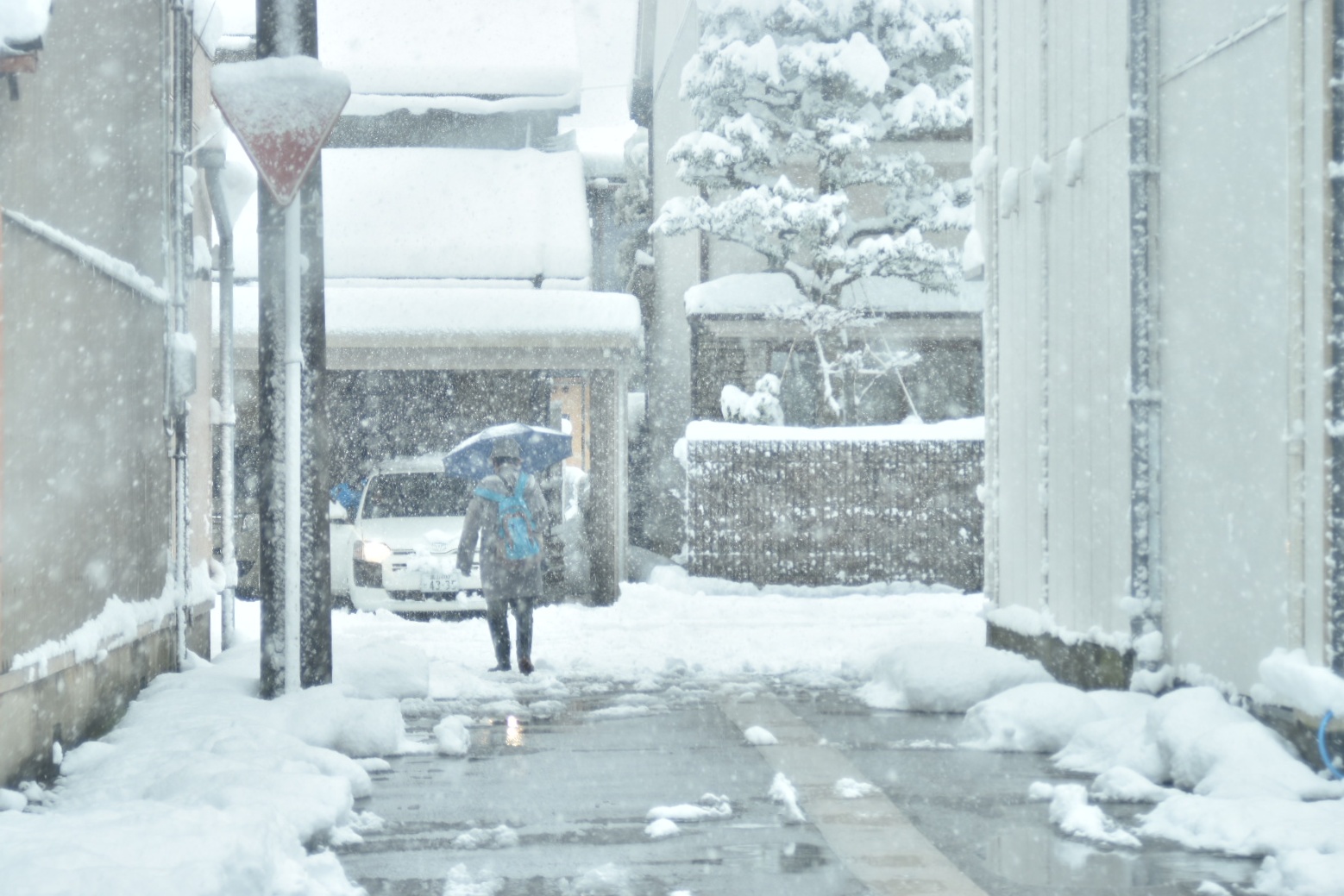How to Tie a Lifeline Safely
I live in a residential district of Toyama City, where the snow on the roofs of nearby buildings has accumulated to over a meter. The mountainous areas are seeing even more snow, so removing it from the roofs is an urgent task.
My wife is from Nanto City, which is known for heavy snowfall. Her father-in-law climbed onto the roof to clear the snow, while her mother kept a watchful eye on him.
According to information from the Cabinet Office, falling from roofs is one of the most common accidents during snow removal. Similar incidents happen when people try to throw snow into irrigation canals or snow-melting tanks. Falls into these tanks can be particularly dangerous, as it can take a long time for rescuers to find the victim, often resulting in fatalities.
To avoid accidents, it’s important to secure yourself with a lifeline. But what if you don’t have the specialized tools for that?
All You Need is a Rope
The good news is that you only need a rope.
I know, “All you need is a rope,” but I don’t have one at home. This technique works only for those who do have a rope available.
Here’s how to turn a simple rope into a lifeline:
- Find something sturdy to attach the rope to—something that will hold your body in place.
- Tie the rope to that object using a bowline knot.
- Loosely tie the other end of the rope around your body.
The bowline knot is commonly used to tie boats. When I interviewed a fisherman in Hokuroku, I noticed fishing boats were securely tied to the canal’s embankment with bowline knots.
Related: Learn from a Hitmaker Fisherman: How to Make Familiar Objects Valuable
The boats stayed firmly in place despite the waves. Because the knot doesn’t unravel, even under pressure, it’s strong enough to use as a lifeline.
The Self-Defense Force’s LIFEHACK CHANNEL on YouTube shows how to tie a bowline knot. If you’re unsure about the illustration above, watching the video could be helpful.
Extra Caution for Snow Removal
The Cabinet Office also shares important safety tips for snow removal from roofs and snow-melting tanks:
- Work with at least two people (so one can go for help if something goes wrong).
- Carry a mobile phone for emergency calls.
- Be extra careful when starting or finishing the work, or when you’re feeling fatigued (concentration tends to drop at those times).
- Leave some snow on the roof when you clear it to create a cushion in case of a fall.
- Wear a helmet and lifeline, even on low roofs.
- Be especially careful when working on sunny days, as the snow may be loose and more prone to slipping.
Mai Nakashima, an editor at HOKUROKU, also lives in a snow-heavy region of Toyama. During this heavy snowfall, her father went up to the roof for the first time in a while to clear the snow. She recalls him telling her:
“If you remove all the snow, it becomes slippery. Leave several centimeters of snow on the roof while removing the unnecessary snow.”
This kind of practical know-how passed down orally between parents and children, is unique and holds great value.
(A note from the deputy editor of Hokuroku: The lives of many people have been deeply affected by this heavy snowfall. However, I also feel that, in a way, unimaginable kinds of communication have emerged in many places.
Strangers helping each other out of stuck cars, and pedestrians exchanging kind words as they walk along rough sidewalks. These are examples of the solidarity that can form during difficult times.
Though it may sound insensitive to say this while people are suffering, such a situation is sometimes called a ‘disaster utopia.’ It made me feel that there is, however small, a positive side to this heavy snowfall.
Next time, we will share tips on how to remove snow from car roofs.)











Like op-ed
For this article, we are waiting for your positive, constructive and responsible opinions and comments. Only members can post.
Only members can post. please login.